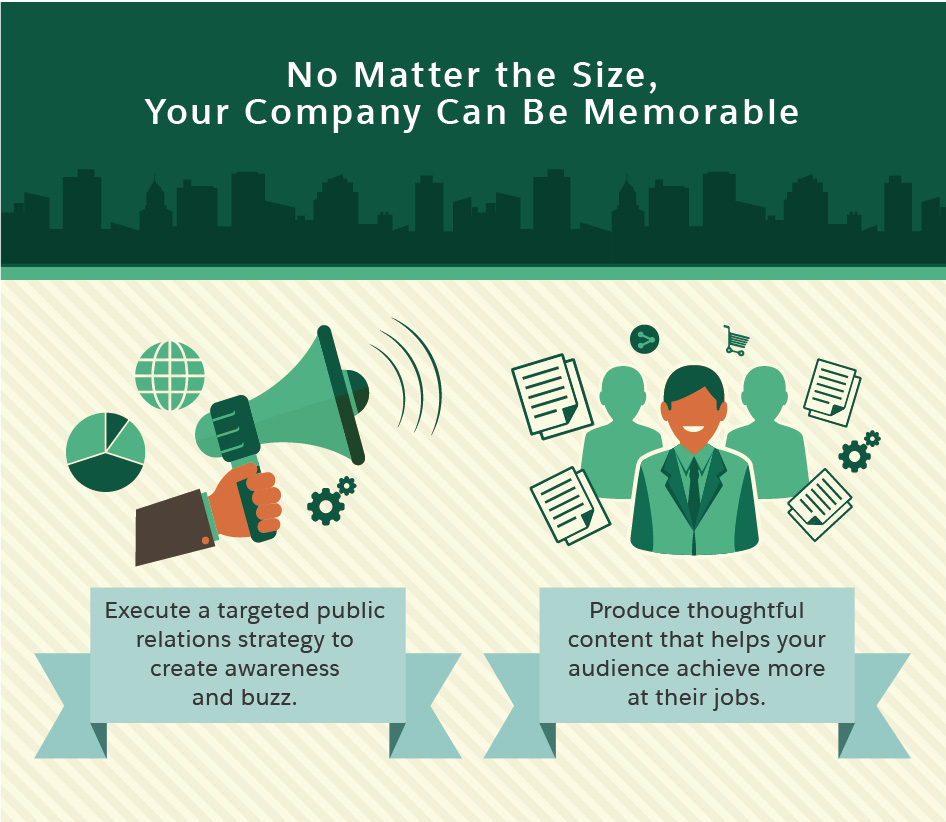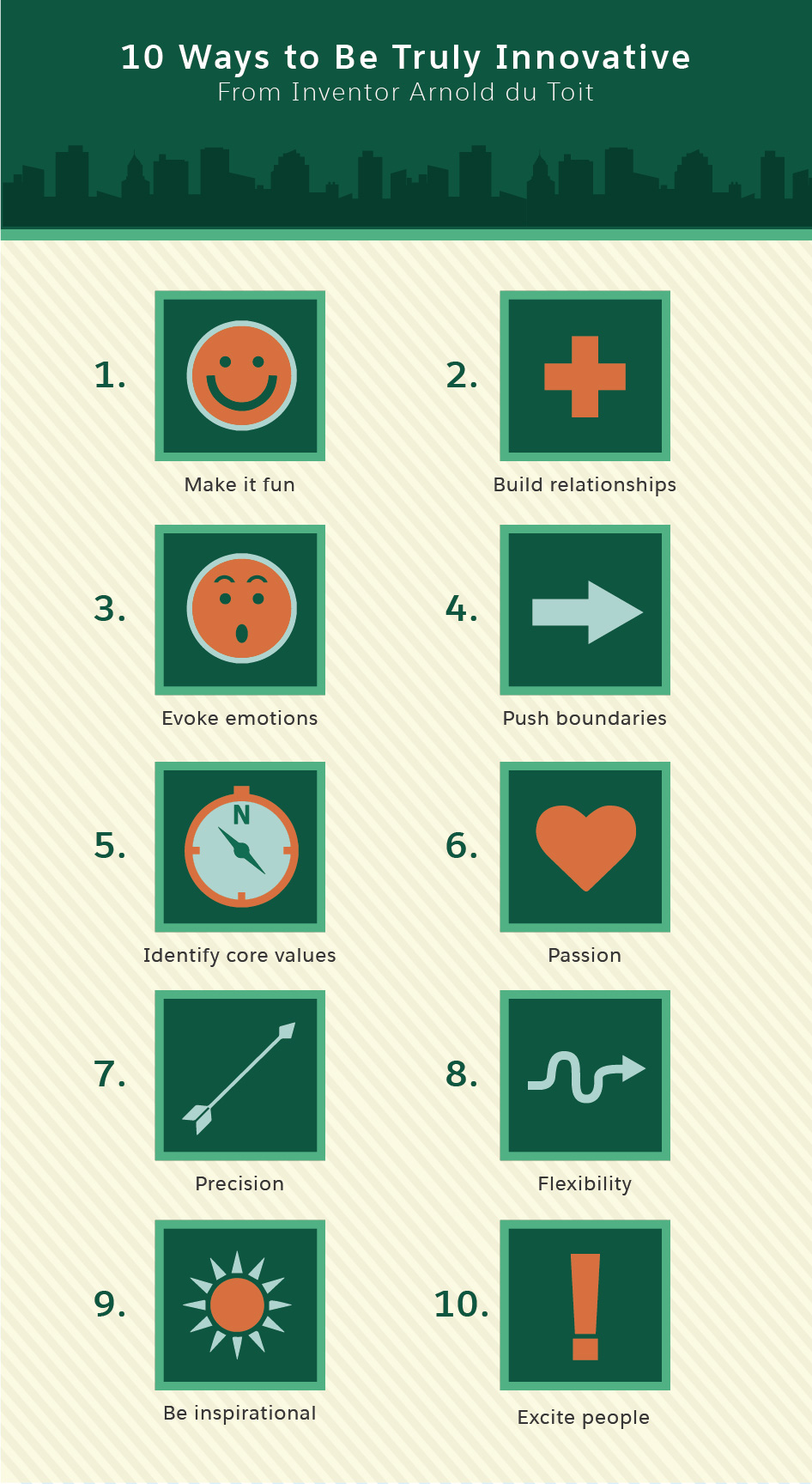Lean businesses have an advantage over their larger counterparts: They can move fast and innovate, which affords them a competitive edge in negotiations. With a clever approach to sales and thrifty marketing strategies, they’re empowered to do more with less. Furthermore, with the smarts and willpower to build incredible products on a budget or offer high-impact services with merely a handful of experts, small businesses and startups can be strategic vendors for enterprise clients.
Jorge Soto’s Seven Steps for Startups Transitioning From Self Service to Enterprise Sales
- List enterprise businesses to target.
- Identify the right people to contact at each company.
- Use a CRM to track leads, conversations, and sales.
- Engage prospects through outreach.
- Learn about their needs and how you can help solve problems they face.
- Ask for business and close the sale.
- Practice patience through the longer sales cycle.

As companies shift their focus upmarket, sales expert Jorge Soto recommends a seven-step process:
- List enterprise businesses to target.
- Identify the right people to contact at each company.
- Use a CRM to track leads, conversations, and sales.
- Engage prospects through outreach.
- Learn about their needs and how you can help solve problems they face.
- Ask for business and close the sale.
- Practice patience through the longer sales cycle.
It is easy for customers to choose familiar vendors by default. Without a big brand name, small businesses and startups should take advantage of the 11 tips below to beat larger competitors on project bids. By combining the talents of a lean sales force, a small marketing crew, and a scrappy product team, boutique firms can outdo the competition and close large-scale sales.
Apply retargeting
According to a 2014 study, more than 90 per cent of marketers believe retargeting is as effective as—and in some cases better than—search ads, email marketing, and other display advertising. Instead of a broad, mass-media approach to advertising, make room in your marketing budget for retargeting. A majority of the buyers you approach will decline to work with you at first. Invest in ads that educate them about your business at their own pace. Retargeting allows marketers to display ads to a target audience that has recently interacted with your brand. Feed prospects information about:
- What you do and who you are: Promote earned media that talks about your business in a positive light.
- Industry expertise: Distribute branded content that demonstrates authority and thought leadership.
- Value proposition: Advertise case studies, customer reviews, and client testimonials.
Use retargeting to boost brand awareness and familiarity among prospects, which increases their likelihood of working with you. Retargeting is an affordable and effective solution for creating multiple touchpoints with buyers and engaging them throughout each stage of the sales cycle.
Build a memorable brand
No Matter Your Company's Size, It Can Be Memorable
- Execute a targeted public relations strategy to create awareness and buzz.
- Produce thoughtful content that helps your audience achieve more at their jobs.

You don’t need hundreds of employees to be regarded as a leader in your industry. Build a brand that customers want to align with. To accomplish that, businesses must:
- Execute a targeted public relations strategy to create awareness and buzz.
- Produce thoughtful content that helps your audience achieve more at their jobs.
- Be authentic, consistent, extraordinary, and relatable with customers in your niche.
Through different branding activities, you want to leave a lasting impression. If prospects regularly stumble on positive press about your business or reference whitepapers you publish, they will want to seek out your services.
Create new, exclusive products
Cater to your customers’ egos. Enterprise accounts love one-of-a-kind solutions. Though small teams may be resource-limited, they are innovative and can move fast. Use that to your advantage. Unlike bigger businesses who need approval and acceptance of new ideas through several layers of bureaucracy, startups can switch gears and execute fresh strategies almost instantaneously. According to serial entrepreneur Steve Blank, small businesses use the fear of failure to drive innovation. For corporations, that same fear stymies success.
Customize unusual aspects of the deal
Though custom proposals are labourious, this extra step grabs a client’s attention and holds it. Big buyers like doing deals their way. As a small business eager to secure the contract, you will want to be accommodating. Change the language as needed, add in a few extra services you normally would not offer, and do whatever you can to get the client excited about working with you. Items you may want to be flexible on include:
- Contract milestones and timeline
- Ownership rights
- Indemnification
- Payment terms
- Termination clauses
Find creative points of entry
During the sales process, avoid first reaching out to obvious decision-makers at a firm you want to work with. Those individuals are often too busy to hear a sales pitch and are likely already being courted by a dozen other vendors. Instead, small business coach Marla Tabaka advises, “Take the road less traveled. Sometimes the best door into a corporate client is the one that no one else considers.”
For a company that sells marketing automation software, for example, the chief marketing officer at a Fortune 500 organization would be the obvious person to contact about your services. Clever sales teams may, instead, reach out to the chief financial officer to initiate a conversation about how much more money the business can earn and the time it could save by switching to your platform.
Focus on your business
Don’t let your competition rattle you. One of the surest ways to sink a business is by focusing your energies on what other companies in your industry are doing instead of finding original ways to increase consumer awareness, generate sales, and boost profitability.
The bottom line: Stop looking sideways. Rather than monitor your competitor’s every move, identify new ways of doing business your competition has not tried yet. Consistently conceive and develop new ideas to improve your competitive edge and stay ahead of the competition. To be truly innovative, inventor Arnold du Toit suggests 10 things:
- Make it fun
- Build relationships
- Evoke emotions
- Push boundaries
- Identify core values
- Passion
- Precision
- Flexibility
- Be inspirational
- Excite people

Form strategic alliances and partnerships
As a small business moving upmarket, you should find allies with like-minded companies in your industry on ambitious initiatives. Together, you can pool resources to produce collaborative marketing campaigns; share tactics, tips, and strategies for growth; and partner on larger projects.
This last point is important because enterprise businesses prefer to work with vendors they believe have the expertise and headcount required to execute meaningful campaigns. Plenty of companies have been burned by vendors that were too short-staffed and overworked, or for some reason failed to deliver. Strategic partnerships allow you to take advantage of readily available talent. As a startup closing its first big enterprise deal, you don’t have to scramble to hire new staff and train them before the engagement begins.
Highlight past work
First-time customers need confidence that you can fulfill your end of a contractual obligation and deliver real value. Leverage testimonials when interacting with prospects. Name-drop big brands you worked with previously. Mention companies they are familiar with, including their competitors. Also, call out relevant performance stats to quantify the ROI of your work. On the Pardot blog, Jenna Hanington outlines four ways companies can use customer testimonials.
- Source in-depth case studies.
- Feature positive customer tweets on your website.
- Produce customer testimonial videos.
- Encourage clients to share their best reviews.
Play the long game
Keep in mind that enterprise deals take a while to come to fruition. Some projects have a sales cycle that lasts several months—while others last years. Continue working with existing customers and feel free to take on new clients while you nurture enterprise leads. Many startups make the mistake of relying too heavily on potential big budget projects while neglecting short-term cash flow.
Pilot small programs
Large businesses are careful in structuring news deals. With their profit margins on the line, buyers take their time to consider every aspect of the engagement. It can take weeks to make progress on just a small portion of the negotiation. Instead of pursuing a big contract upfront, pilot smaller programs with potential clients.
Department managers within big companies often have a large enough expense budget that you can squeeze in a small-scale project without requiring sign-off from the company’s executives or directors. This minimizes risk for the buyer and allows everyone to put the relationship to a trial. By proposing lightweight engagements, small businesses and startups win. Most vendors will invest their energies in securing big commitments upfront. You, on the other hand, can slowly create value for the organization after you get your foot in the door.
Over time, small businesses with a pre-existing relationship with a larger corporation can expand the scope of their working arrangements to close bigger and better contracts.
Work through current vendors
Many startups have an indirect relationship with their first big-name client: They often play the role of subcontractor to another vendor who originally sourced and secured the deal. Enterprise businesses tend to be loyal to current vendors. An indirect sales approach allows smaller companies to gain experience working for bigger clients. This eventually allows them to develop case studies and testimonials—valuable sales collateral—which they can use in pursuing other enterprise accounts.
Final thoughts
Remember that even a small portion of a $10 million contract can help make your business’s quarter healthier. Acting as a secondary vendor to bigger projects can be the perfect way to circumvent the sales process and still work with world-class clients.

Share "How Small Businesses and Startups Can Stay Competitive and Close Big Deals" On Your Site



